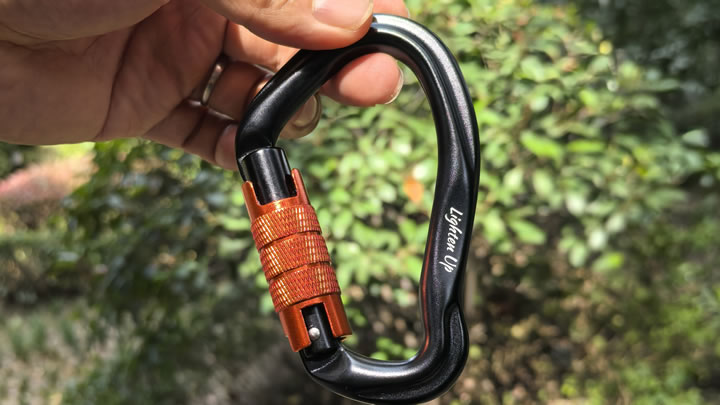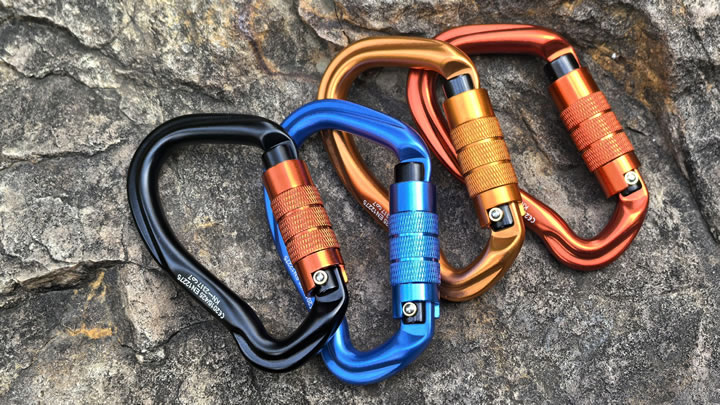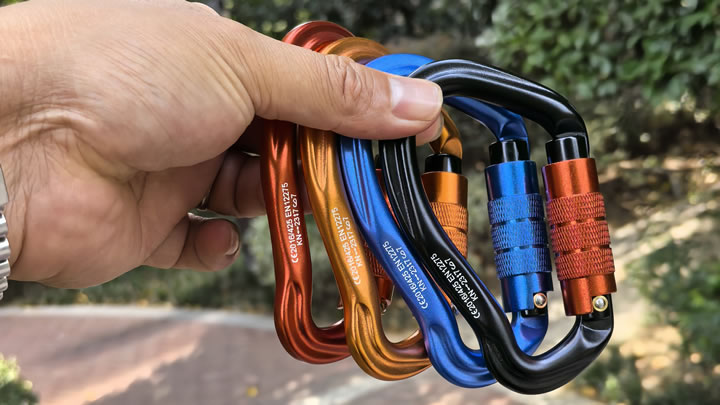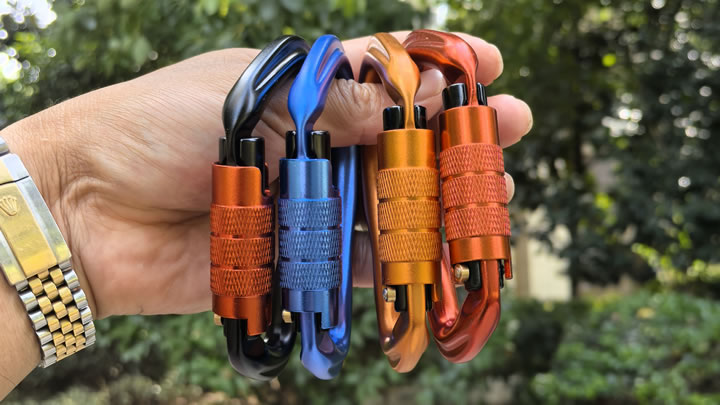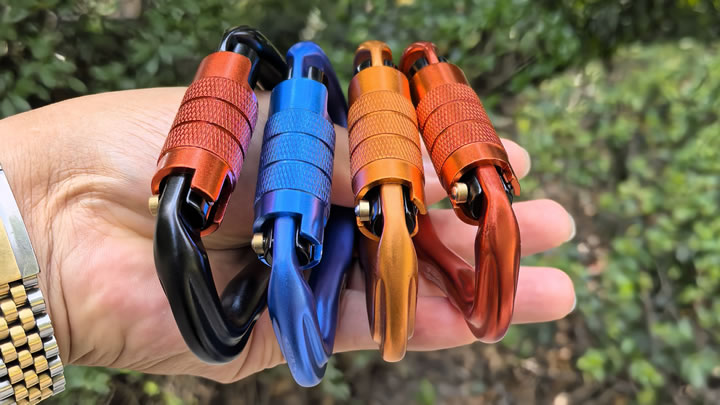What is an aluminium carabiner hook?
The term "aluminium carabiner hook" refers to the most common and essential type of carabiner used in rock climbing, mountaineering, and a host of other outdoor activities. In its simplest form, it is a coupling device made primarily from aluminum alloys, featuring a spring-loaded gate. While "carabiner hook" is a descriptive, if redundant, name, understanding the properties of aluminum is key to knowing why this material has become the gold standard for so many adventurers.
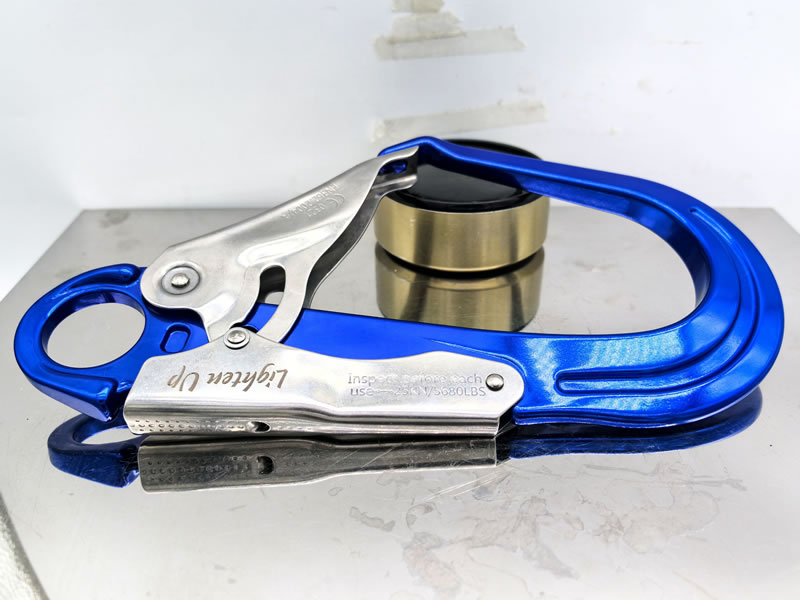
This article will delve into what makes an aluminum carabiner tick, exploring its advantages, its trade-offs, and the critical role it plays in modern safety systems.
Why Aluminum? The Quest for the Perfect Strength-to-Weight Ratio
The primary reason aluminum (specifically alloys like 7075-T6) dominates the climbing world is its exceptional strength-to-weight ratio. This means it offers tremendous strength for its incredibly light weight.
- The Need for Lightness: Every piece of gear a climber carries adds up. A climber might carry a dozen or more carabiners on a typical route. Using steel carabiners, which are significantly heavier, would drastically increase the overall weight of their rack, leading to faster fatigue. Aluminum allows for a full set of strong, reliable gear without crippling weight.
- Sufficient Strength: Despite being lightweight, modern aluminum alloys are incredibly strong. A standard aluminum climbing carabiner typically has a major axis strength rating between 20 kN and 28 kN (approximately 4,500 to 6,300 pounds of force). This is more than sufficient to handle the dynamic forces generated in a fall, especially when used as part of a system that includes a dynamic rope for shock absorption.
Key Advantages of Aluminum Carabiners
- Lightweight: As established, this is their defining characteristic. This makes them the undisputed choice for alpine climbing, big wall ascents, and any situation where gear weight is a critical factor.
- High Strength: They meet and exceed all international safety standards (UIAA/CE) for climbing, providing reliable and certified protection.
- Durability: Aluminum alloys are resistant to corrosion and, under normal use, provide a long service life. The material is also tough enough to withstand the bumps and scrapes of regular climbing.
- Cost-Effective: Generally, aluminum carabiners are less expensive to manufacture than their titanium or steel counterparts, making them more accessible to a wider range of users.
The Trade-Offs: Understanding the Limitations
No material is perfect, and aluminum does have its compromises compared to other materials like steel:
- Softer Material: Aluminum is softer than steel. This means it is more susceptible to wear and abrasion. Dragging an aluminum carabiner over rough rock can create sharp burrs or grooves more quickly than it would on a steel one. This necessitates more frequent and careful inspection.
- Lower Absolute Strength: While strong enough for climbing, a similarly sized steel carabiner will have a higher ultimate strength rating (often 30 kN and above). For extreme applications like high-fall-factor industrial work or rescue where absolute maximum strength is paramount, steel is sometimes preferred.
- Notch Sensitivity: A sharp nick or groove in an aluminum carabiner can have a more significant impact on its overall strength than a similar notch in a tougher steel carabiner.
Aluminum vs. Steel: A Quick Comparison
| Feature | Aluminum Carabiner | Steel Carabiner |
|---|---|---|
| Weight | Very Light | Heavy |
| Strength | High (20-28 kN) | Very High (30+ kN) |
| Durability | Good, but can wear faster | Excellent, very abrasion-resistant |
| Primary Use | Rock Climbing, Mountaineering | Industrial, Rescue, Via Ferrata |
Choosing and Using an Aluminum Carabiner
When you select an aluminum carabiner, you are choosing the ideal balance of weight and strength for active sports. Here’s what to look for:
- Certification: Always ensure it is stamped with a kN rating and a UIAA or CE certification mark. This is your guarantee it is a true safety device, not a decorative or keychain item.
- Type: They come in non-locking (for quickdraws) and locking (for anchors, belaying, and critical connections) varieties.
- Inspection: Before every use, inspect the spine, gate, and nose for cracks, deep grooves, or sharp edges. Ensure the gate action is smooth and snappy.
Conclusion
An aluminum carabiner hook is the workhorse of the vertical world. Its development revolutionized climbing, allowing for lighter, faster, and more ambitious ascents. By mastering the balance between minimal weight and maximum safety, aluminum has earned its place as the default material for climbers globally. Understanding its properties—both the exceptional strength-to-weight ratio and the need for careful wear inspection—empowers you to use this vital piece of equipment with confidence and respect for the safety it provides.

